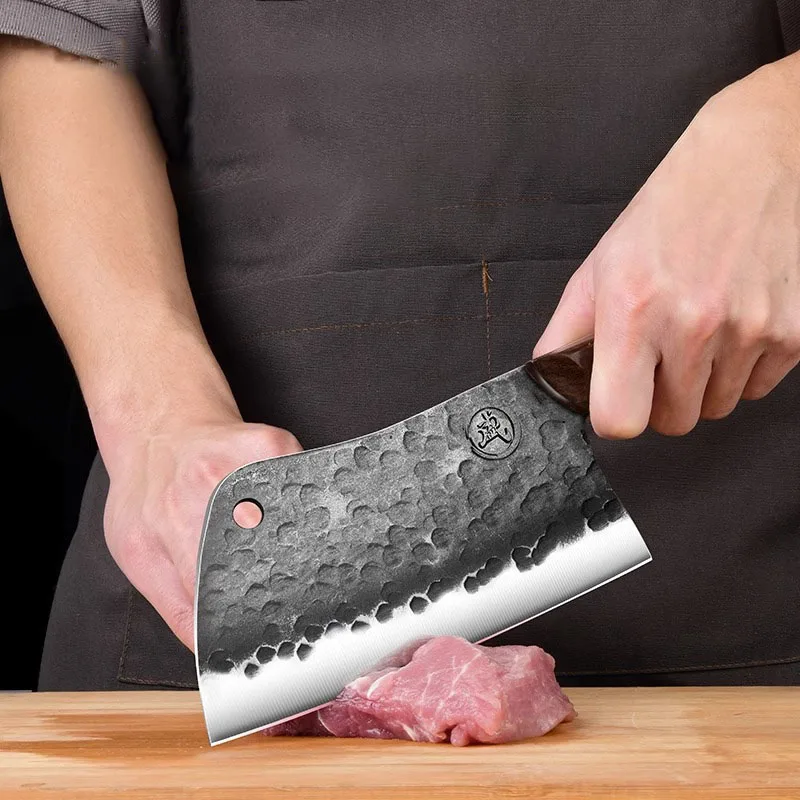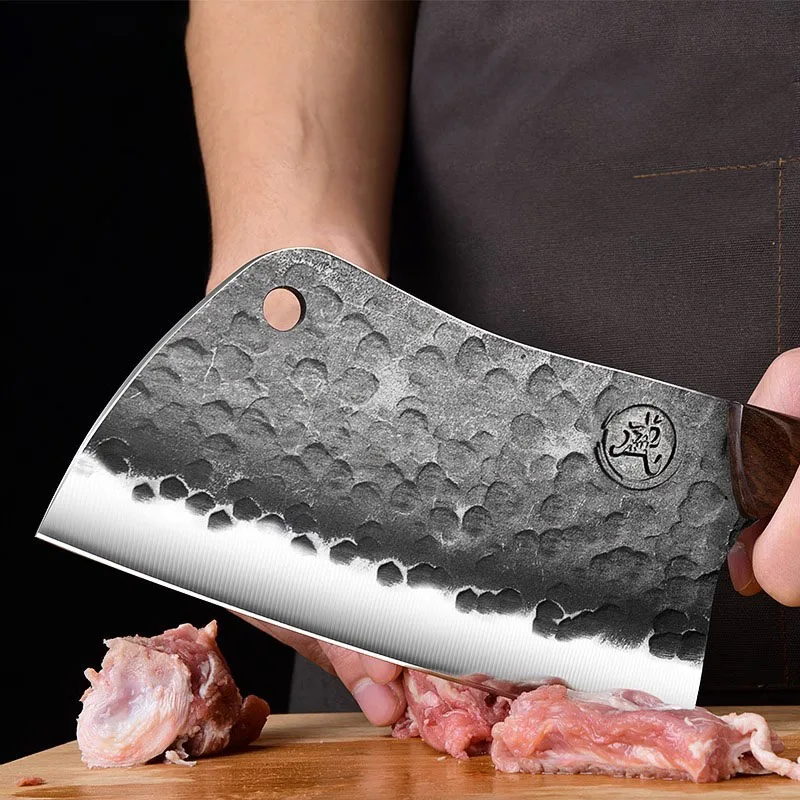Introduction to Finger Cuts and Their Prevalence
Finger cuts are a common occurrence in daily life. You might get a cut while cooking, gardening, or even during DIY projects at home. According to statistics, knife-related injuries in the kitchen are significant. For example, in 2011, knife accidents at home led to almost 330,000 hospital visits. Clearly, cut finger with kitchen knife and other sharp objects requires careful attention to prevent injuries.

Finger cuts range from minor scrapes to deep lacerations. It’s important to know how to handle a cut finger with a kitchen knife or any other sharp tool. By understanding the risks and knowing how to manage them, you can significantly reduce the chances of severe injury. This guide explores when to treat a finger cut at home and when it is essential to seek emergency room care for professional treatment.
Identifying Minor vs. Major Finger Cuts
It’s critical to distinguish between a minor and a major cut to decide the right course of action.
Symptoms of Minor Finger Cuts
Minor finger cuts may not look serious and can be taken care of at home. Key symptoms include:
- Little or no blood flow.
- No exposure of underlying tissues like bones or tendons.
- Ability to move the finger normally without pain.
- Absence of numbness or tingling sensations.
These cuts are often superficial and heal quickly with proper home care.
Symptoms of Major Finger Cuts
Major cuts demand immediate medical attention and possibly a visit to the ER. Look for:
- Continuous or heavy bleeding that doesn’t stop with pressure.
- Visible inner tissues, such as tendons or bones.
- Limited movement or inability to use the finger.
- Numbness, tingling, or severe pain in the area.
These symptoms, particularly after cutting a finger with a kitchen knife, indicate a serious injury that may require stitches or further medical intervention.
First Steps in Treating a Finger Cut at Home
When you cut a finger with a kitchen knife, initial treatment is crucial to prevent infection and promote healing. Here are the immediate steps you should take at home before deciding whether a visit to the emergency room is necessary.

How to Stop the Bleeding
First, remain calm. Wash your hands to avoid contamination. Then, apply gentle yet firm pressure to the wound using a clean gauze pad or a cloth. Elevate the injured finger above heart level to reduce bleeding. Maintain pressure for at least 10-15 minutes without peeking to see if the bleeding has stopped. If bleeding heavily and continuously, consider seeking medical help.
Cleaning and Dressing the Wound
Once the bleeding has stopped, clean the wound carefully. Rinse the cut under running water and use soap around the wound to remove debris and bacteria but avoid getting soap in the wound. Pat dry with a clean towel. Apply a thin layer of antibiotic ointment to prevent infection. Finally, cover the wound with a sterile bandage or a clean cloth. Change the dressing daily or anytime it gets wet or dirty to promote healing.
When to Treat a Finger Cut at Home
Many minor finger cuts can be safely treated without a trip to the ER. Knowing what to look for helps you make the right decision. If you’ve accidentally cut your finger with a kitchen knife, follow these criteria to determine if home care is sufficient.
Situations Suitable for Home Care
When you experience a minor cut, you can often administer first aid yourself. Here are signs that suggest your finger cut is appropriate for home treatment:
- The cut is small and the bleeding stops with simple pressure.
- You can move your finger as usual, without pain.
- There is no numbness or tingling feeling in the finger.
- You see no exposed bones or tendons.
If these conditions apply, clean the cut thoroughly with soap and water. After cleaning, apply an antibiotic ointment and cover the wound with a bandage. Keep an eye on it for signs of infection, which include redness, swelling, or pain that worsens. Seek professional help if any of these symptoms appear or if the wound does not start to heal.
When to Head to the Emergency Room
Not all cuts heal at home. Some cuts need expert care. If a cut finger with a kitchen knife shows certain signs, you must go to the ER. These signs mean the cut is more than minor and need a doctor to treat.

Signs That Require Professional Medical Attention
Watch for these serious signs after you cut your finger with a kitchen knife:
- The cut is deep, wide, or gaping. This often means stitches are needed.
- Blood keeps flowing a lot and doesn’t stop with pressure.
- The cut affects your finger’s movement, or you can’t move it well.
- You feel numb or have a tingling in your finger.
- The pain is very bad and gets worse.
- You can see bone or tendon in the wound.
These signs tell you it’s time to seek urgent medical help. When going to the ER, try to stop the bleeding first. Use a clean cloth and apply pressure. If the bleeding is heavy, keep the finger raised above your heart.
At the ER, doctors will do more. They’ll clean the cut and check for things like debris. If needed, they might use stitches to close the cut. This can prevent infection and help the cut to heal with less scarring.
Remember to act quickly if you see these signs. Getting to the ER fast can make a big difference in how well and how fast you heal. Be safe and when in doubt, get the cut checked out by professionals.
Professional Treatment Procedures in the ER
When a cut finger with a kitchen knife is severe enough to warrant a trip to the emergency room, there are standardized procedures that healthcare professionals follow to ensure proper care and minimize complications.
What Happens in the Emergency Room
Once you arrive at the ER, the following steps typically occur:
- Triage: Nurses will first assess the severity of the injury to prioritize treatment. This might include checking vital signs and the extent of bleeding.
- Bleeding Control: To manage bleeding, medical staff will apply pressure, possibly with gauze or a clean towel.
- Wound Cleaning: Doctors thoroughly clean the wound to prevent infection. This includes flushing out any debris.
- Examination for Deeper Damage: A detailed examination checks for damage to tendons, nerves, or bones.
- Suturing: If necessary, the doctor will stitch the wound to promote better healing and decrease scarring.
- Pain Management: You may receive pain relief medications if the pain is considerable.
- Tetanus Shot: If your tetanus vaccination isn’t up to date, you might receive a shot to prevent complications.
- Instructions for Care: Before leaving, you’ll get detailed instructions on how to care for the wound at home to ensure proper healing.
- Follow-Up: Often, a follow-up appointment is scheduled to monitor the healing process.
Each of these steps is crucial to manage a kitchen knife injury effectively and to reduce the risk of long-term problems. Acting quickly by heading to the ER, and following the medical team’s advice precisely, are key factors that influence recovery. Keep these procedures in mind should you or someone you know ever face such a situation.
Prevention Tips for Finger Cuts
Preventing cuts on fingers is better than treating them. Here are tips to avoid injuries when handling knives or other sharp tools.
- Use Proper Tools: Always choose the right knife for the task. A proper tool reduces risks.
- Keep Knives Sharp: Dull knives require more force, increasing injury chances. Keep them sharp.
- Cut Away from Body: Always slice away from your body. This prevents accidental injuries.
- Focus on Cutting: Do not multitask when using knives. Distractions can lead to slips.
- Stabilize Cutting Board: A moving board is dangerous. Make sure it’s stable before chopping.
- Store Knives Safely: After using, place knives in a holder or sheath away from reach.
- Wear Protective Gloves: When possible, use cut-resistant gloves for additional safety.
- Teach Safety to Others: Show household members proper knife handling to avoid accidents.
- Keep Emergency Supplies Handy: Have a first aid kit close by in case of an accidental cut.
By following these prevention tips, you can reduce the risk of cutting your finger with a kitchen knife. Stay vigilant and always handle knives with care.

